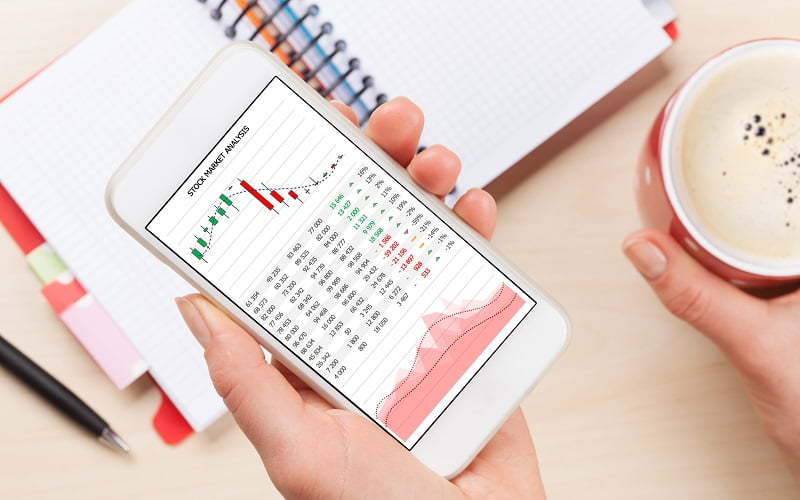Creating wealth may come in different forms. Many choose the path of setting up their own enterprises. However, this option can be very risky, especially for people with minimal capital. For this reason, trading corporate stocks has become more and more popular in recent years. Its popularity has reached, not only, high-income individuals, but also, middle and even low-income earners.
Stocks, according to the Investopedia, represent a person’s share of ownership in a corporation. Furthermore, it also represents the stockholder’s portion in the division of company assets and profits. There are various types of stocks, such as ordinary stocks, preferred stocks, redeemable stocks, and more.
Trading stocks is generally less risky than setting up your own business. One key reason is that the maximum amount a stockholder may lose when trading stocks is their investment. Another reason would be that setting up a business requires more time and expertise.
One common issue stock traders face is determining whether their investment constitutes debt or ownership. There are significant differences between these two. This fact is most especially true when it comes to interests and profit-sharing. To help you understand more about this topic, you can read this article Dave Strausfeld posted on the Journal of Accountancy last May 14, 2020.
Final regs. clarify when interest in corporation is stock vs. debt
The IRS on Wednesday issued final regulations (T.D. 9897) regarding the classification of certain related-party interests in corporations as stock vs. indebtedness.
The distinction between debt and equity can have important tax consequences because, for instance, a corporation can deduct interest payments but not distributions. Under Sec. 385, Treasury is authorized to prescribe rules to determine whether an interest in a corporation is treated as stock or indebtedness (or as in part stock and in part indebtedness). Click here to read more…
There are a few tricks you need to learn if you’re set on becoming a stock trader. For example, you must understand how stock prices fluctuate. The usually boring finance section of newspapers is now your best friend in trading. There is also some math behind stock trading. So, it would be helpful to dust off your old and trusty calculator.
There are two basic categories that you may fall into if you decide to play with the stock market. These categories are short-term and long-term trading. Whatever category you may fall into, getting access to real-time stock prices is crucial. This knowledge will help you decide which stocks to buy and which ones to sell.
There are plenty of platforms that you can use to access this data. With these platforms, you can devise your own strategies and techniques. You can even use Microsoft Excel to get these prices. Here is an article that provides step-by-step instructions on how you can use this feature. It was posted by Carlton Collins last October 1, 2019 on the Journal of Accountancy.
How to access Excel’s revived real-time stock prices
Q. What happened to Excel’s ability to import stock prices? That functionality seems to have vanished.
A. Many CPAs treasured the ability to link real-time stock prices in Excel, but Microsoft removed this functionality a couple of years ago, reportedly because it was not fully compatible with Office 365. I’m happy to report that Microsoft has now brought back real-time stock prices, but they are available only in Office 365, and the steps for creating such a link are different, as illustrated in the following simple example. Click here to read more…
If and when you decide to become a stock trader, we at AldarisCPA can guide you in planning your endeavor. Our top-notch financial experts can give you hints on how to pick the best companies to invest in. We can also help you with the tax implication of stock trading. Contact us now to learn more!

